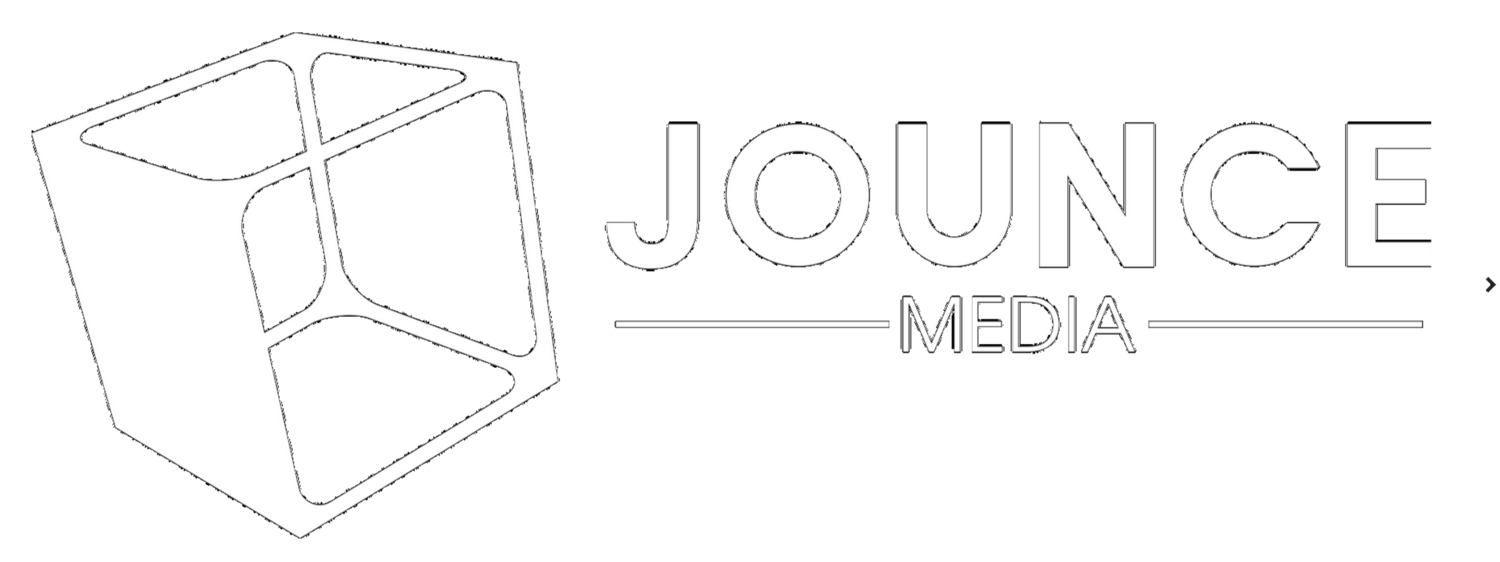The second price auction is widely viewed to be the fairest mechanism for price discovery, but its implementation in most programmatic advertising environments creates price distortion that hurts both buyers and sellers.
In a fully unified auction, all advertiser bids would be represented, and the highest bidder would win. The final price paid would be reduced to a cent above the second highest bid price. The publisher would receive yield-optimizing revenue, and the advertiser would pay a market-dictated price. But unified auctions are not the current state of the programmatic advertising space.
Imagine an impression for which 5 advertisers compete. Bidder E should win the impression and should pay $18.01 (one cent more than Bidder C’s $18.00 bid). But this is almost never the outcome.
Scenario #1: Waterfall Ad Serving
A traditional waterfall requires publishers to rank each ad exchange by priority within their ad servers. If the exchange with priority 1 is unable to fill a bid request, then the exchange with priority 2 is given an opportunity to monetize the impression. If priority 2 doesn’t fill, the request moves down to priority 3 and so on down the waterfall.
In the example below, the publisher’s ad server makes a request to Ad Exchange A (priority 1), who responds with Bidder B at $1.01 (price reduced to one cent above Bidder A’s bid). Exchanges B and C are never called, Bidder E never enters the auction, and the publisher loses $17.00 of potential revenue.
Scenario #2: Header Bidding
Header bidding improves the waterfall process by creating a system in which ad exchanges are not ranked. Instead, each exchange has the opportunity to conduct its own second price auction simultaneously.
If we shift our example above to a header bidding solution, Exchanges B and C can now participate in the auction. All three exchanges select their highest bidders and reduce their bid prices down to one cent more than the second highest bid. The price reduced bids are collected by the header bidding wrapper, which passes them along to the publisher ad server where the winner is selected.
In this example, Bidder C wins the auction and pays $10.01. Again, Bidder E (the highest bidder) does not win the impression, and the publisher leaves money (though now just $8.00) on the table.
Scenario #3: Unified Auction
One way to resolve the problem we see in header bidding would be to move the second price auction closer to the publisher. If each header bidder were to submit its top two bids (as opposed to a single price reduced bid), publishers would have a more accurate representation of demand, allowing them to more accurately price the auction. Below is an ideal example of how the approach should work.
With two bids submitted from each exchange, the highest bidder, Bidder E, wins the auction and pays fair market value ($18.01) for the impression.
This solution fixes the publisher’s monetization problem and ensures the highest bidding advertiser wins the impression, but it also brings new challenges. Two requirements exist for this solution:
(1) Header Bidding Wrappers must be able to make decisions about bids
(2) A publisher must use a single wrapper for all programmatic demand
Today, header bidding wrappers operate as a pipe that transports price information from ad exchanges to the publisher’s ad server. They have no ability to make decisions about pricing outcomes. In the unified auction model, wrappers would need to know how to select the highest bidder on the publisher’s behalf before passing a single winner to the ad server.
Publishers also currently struggle to transact all programmatic demand through a single header bidding wrapper. Critical demand sources like Criteo and Amazon will only work with their own header bidder technologies, splintering the single wrapper solution. This creates a situation where disparate wrappers would continue to compete against each other in the publisher ad server, recreating the problem highlighted in scenario #2.
The waterfall may never flatten completely, but the closer the auction gets to the publisher, the better the outcome will be for both buyers and sellers.





